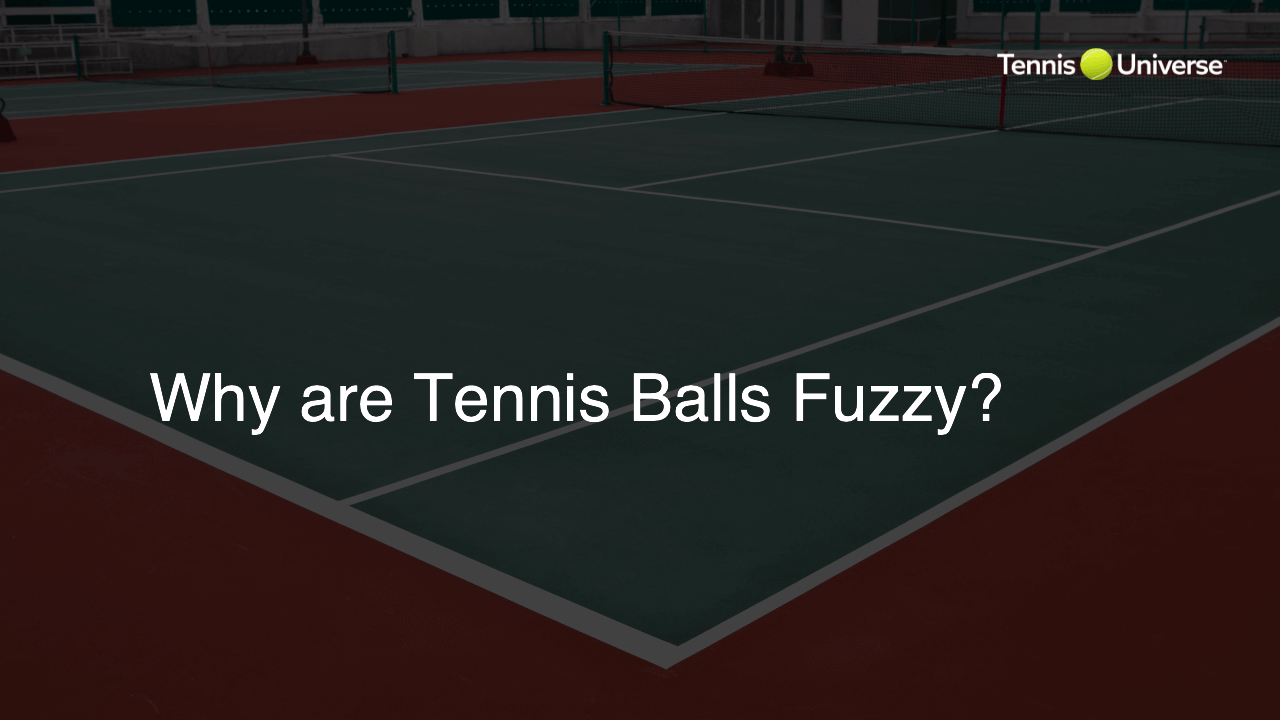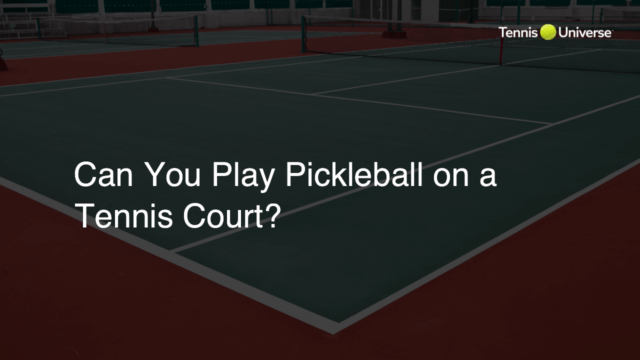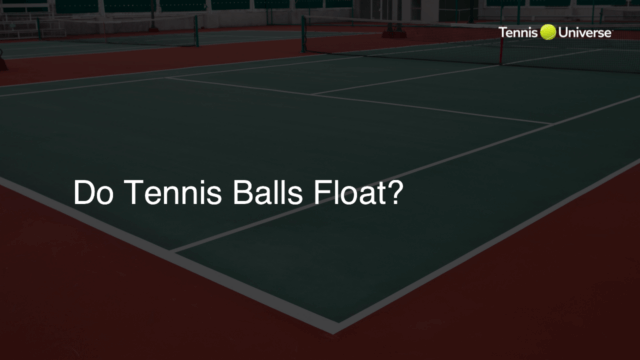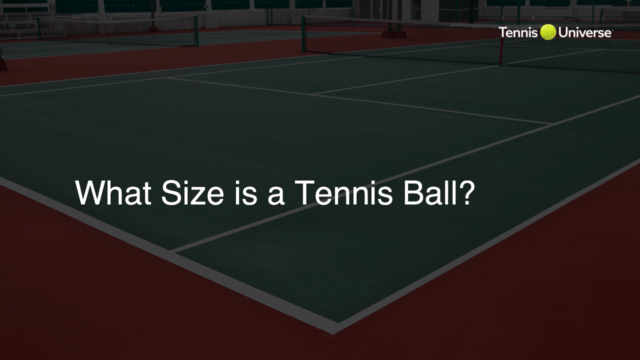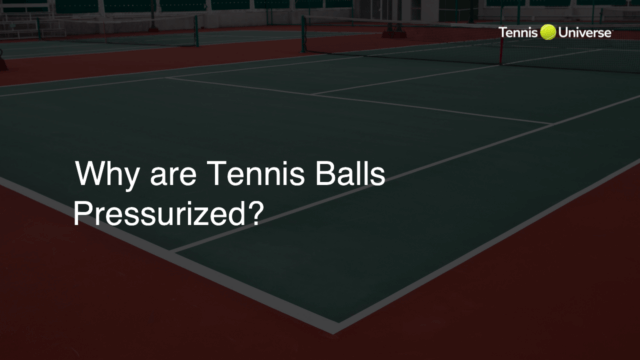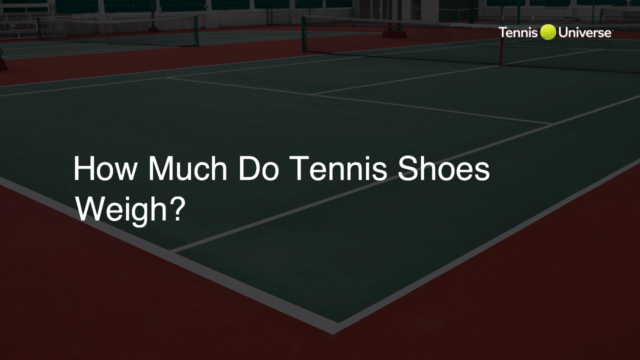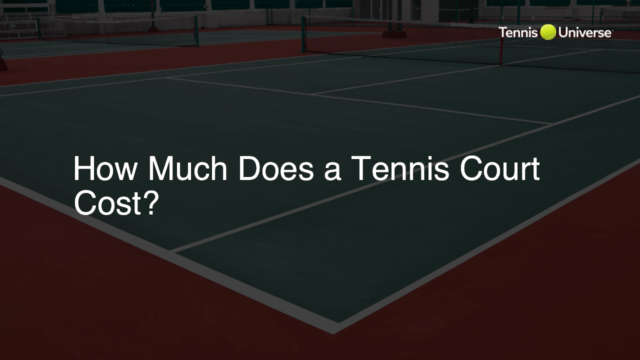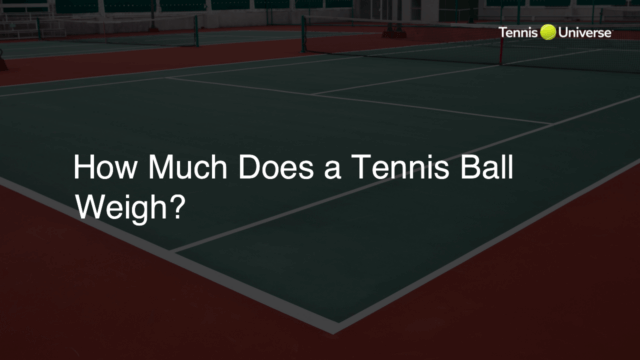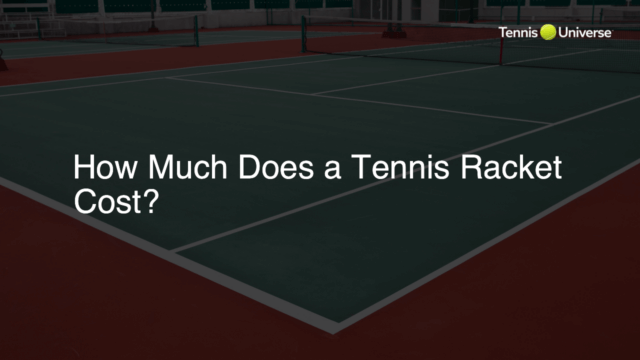Tennis balls are fuzzy due to the felt covering, which helps regulate aerodynamics, control ball speed, provide a better grip to the racket strings, and increase durability during play.
The Felt Covering
Tennis balls are fuzzy due to their unique felt covering. This specially designed material is what gives tennis balls a distinctive look and feel. The fuzz plays a crucial role in several aspects of the game, including aerodynamics, ball speed, racket grip, and durability.
Aerodynamics and Ball Speed
The fuzz on tennis balls affects their aerodynamics and helps control their speed. When the ball travels through the air, the fuzz creates drag, which slows it down. This makes the game more manageable and enjoyable for the players. The fuzz also creates turbulence in the air, which allows the ball to move in a more predictable, consistent manner.
Tennis Racket Grip
The fuzz on tennis balls assists players in achieving better contact with their tennis racket. The fuzz creates more friction between the ball and the racket’s strings, allowing for greater control and spin on the ball during the game. This enhanced control is vital for players to have precision in their strokes and to position their shots to outplay their opponents.
Durability and Bounce
The felt covering on tennis balls increases their durability and improves their bounce consistency. The fuzzy surface protects the interior rubber core and allows the ball to withstand repeated high-impact collisions with the court surface and tennis racket. This ensures a longer lifespan for tennis balls and a more consistent performance during play.
Types of Tennis Balls
Understanding the distinct types of tennis balls and their purposes can be useful for players looking to enhance their game. Tennis balls can be classified into three main categories: professional, championship, and recreational. Professional balls are of the highest quality, designed for use in official tournaments. Championship balls cater to competitive players who demand a high-performance, durable ball. Recreational balls are best suited for casual play, offering a more affordable option for players seeking a combination of longevity and performance.
Surface and Felt Types
Another factor to consider when selecting tennis balls is the type of court surface you’ll be playing on. Tennis balls are tailored to specific surfaces, either clay, grass, or hard courts, and using the appropriate ball can help improve overall performance. The felt covering, while key for aerodynamics, speed, and control, can also vary in thickness and texture. A more coarse or robust felt is preferable for clay and hard courts, while a finer felt suits grass courts better. The intended court surface is usually indicated on the tennis ball packaging.
Tennis Tips: Selecting the Right Ball
Incorporating these tennis tips into your equipment selection process is essential for optimizing your game. Choosing the right tennis ball can provide better control, precise shots, and improved ball tracking. The fuzziness of tennis balls directly impacts their aerodynamics, speed, grip, and durability. By paying attention to these factors, players can tailor their equipment choice to their skill level and playing style, ultimately enhancing their on-court efficiency.
FAQ Section
Below are some of the most frequently asked questions related to the fuzziness of tennis balls, along with concise and direct answers for a quick understanding.
Why is fuzz important for tennis balls?
Fuzz affects the aerodynamics, speed, grip, and durability of tennis balls, making it a key factor for optimal performance and overall enjoyment in the game.
Does the fuzz on tennis balls affect how they bounce?
Yes, the fuzz contributes to the tennis ball’s bounce consistency, as it protects the interior rubber core and allows the ball to withstand repeated high-impact collisions during play.
Do different court surfaces require different types of fuzziness?
Yes, the texture and thickness of the felt can differ depending on the intended court surface. Generally, a coarser felt is better for clay and hard courts, while a finer felt is ideal for grass courts.
Can using the wrong type of tennis ball affect my game?
Using a tennis ball that’s not tailored to your skill level, playing style, or court surface can have a negative impact on your performance, making it crucial to choose the appropriate ball for your specific needs.
How do I know which tennis ball is right for me?
Consider factors like your skill level, court surface, and personal preferences. Pay attention to the distinct categories (professional, championship, and recreational) and the intended court surface indicated on the ball packaging to make an informed choice.

